INFOS & SERVICE
OUR OTHER WEBSITES
Entry at Shanghai
Welcome to China
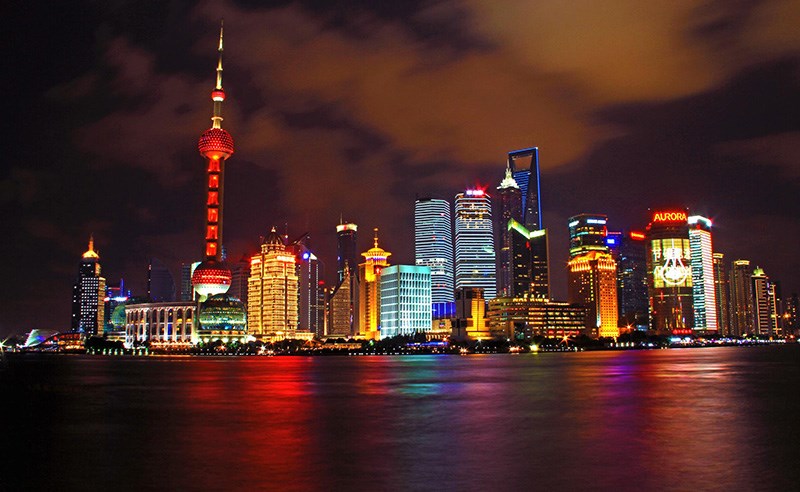
Shanghai
Formalities for self drive in China
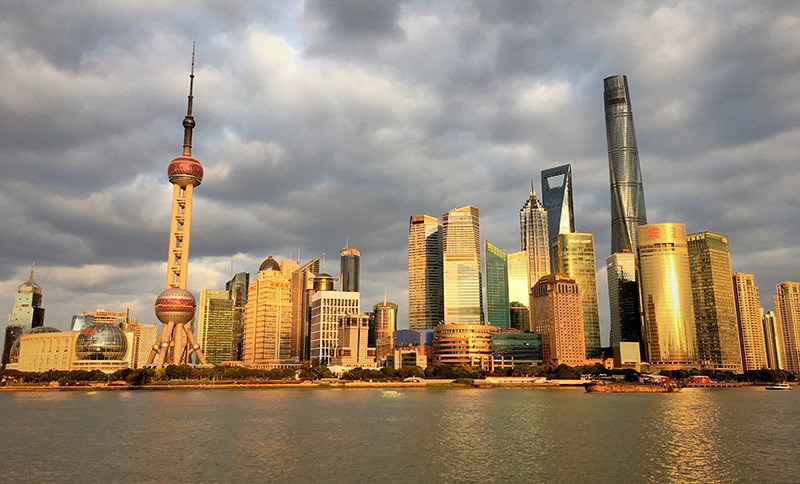
Shanghai
Yu Garden, the old area of the city, the Bund, the Nanjing Road
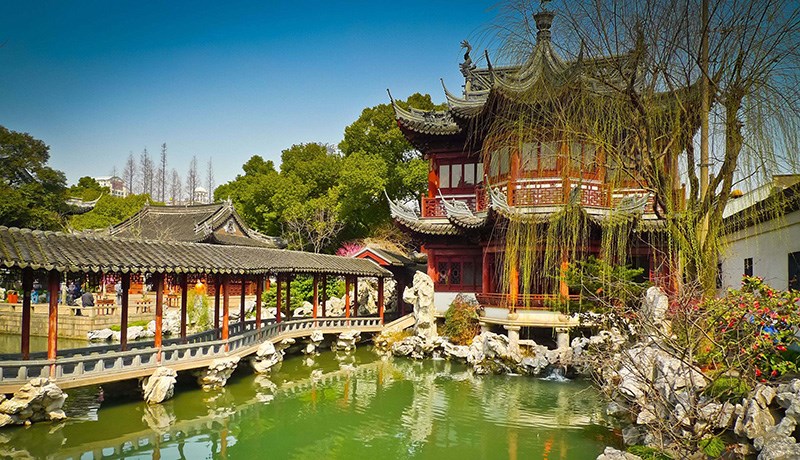
Shanghai - Suzhou - Hangzhou
The Humble Administrator’s Garden, West Lake
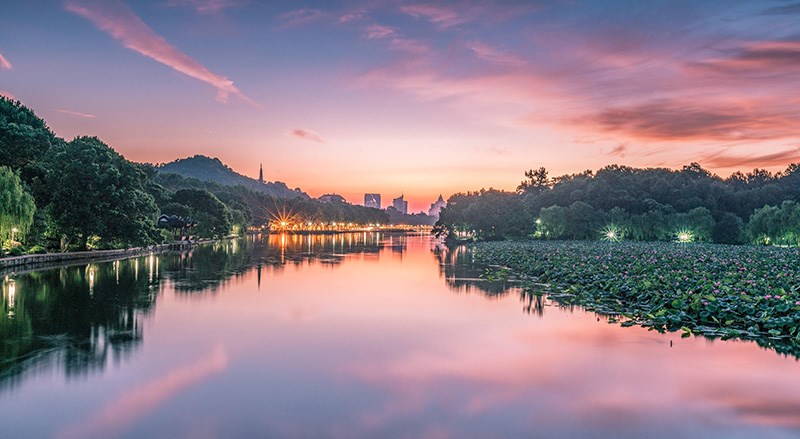
Hangzhou - Xidi Village - Hongcun Village - Huangshan
Xidi Village, Hongcun Village
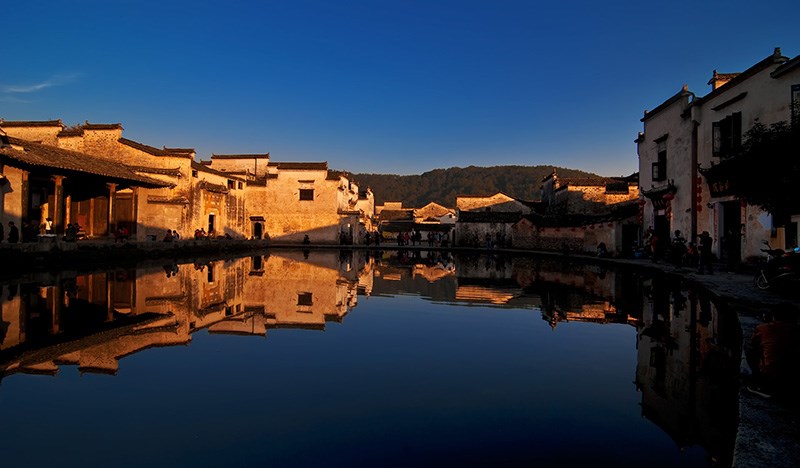
Huangshan
Huangshan Scenic Spot
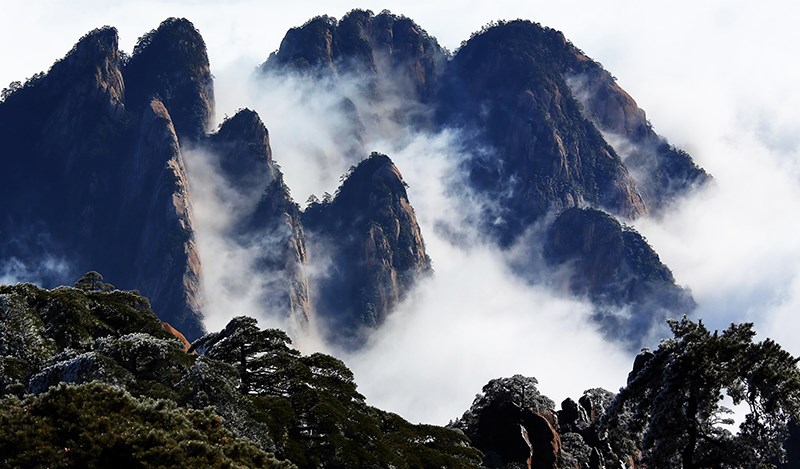
Huangshan City - Wuyuan - Jingdezhen - Lushan
Wuyuan Folk Residences, Lushan
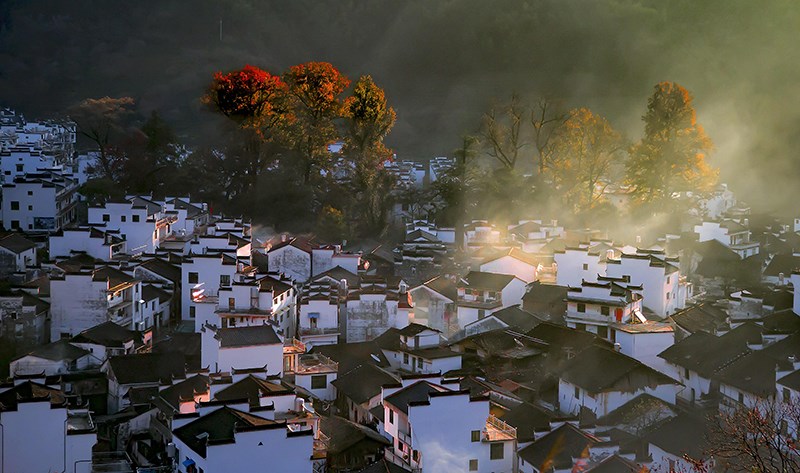
Lushan
Lushan Scenic Spot
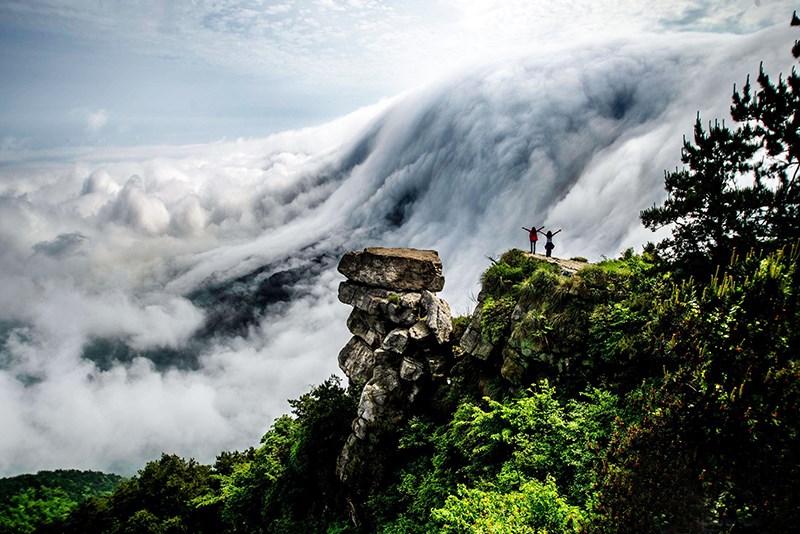
Lushan - Wuhan
Yellow Crane Tower
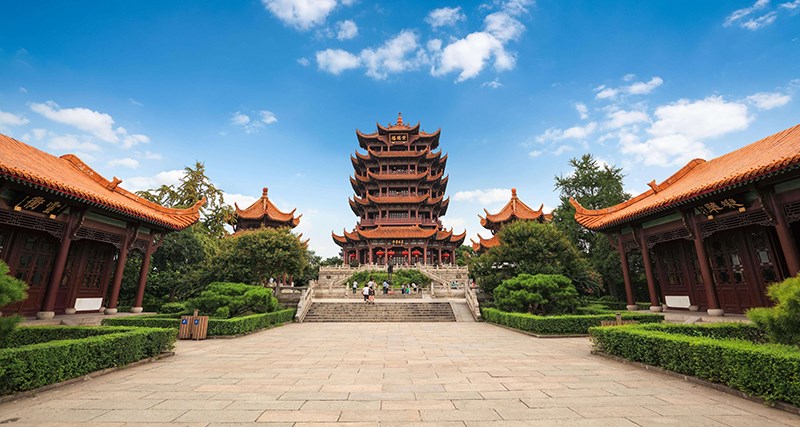
Wuhan - Yichang
Three Gorges Dam
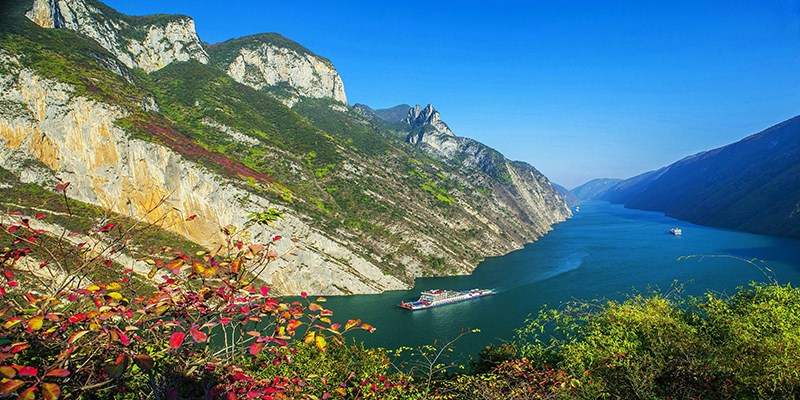
Yichang - Jianshi - Enshi
Enshi Dixin Valley Scenic Spot, Tusi Castle
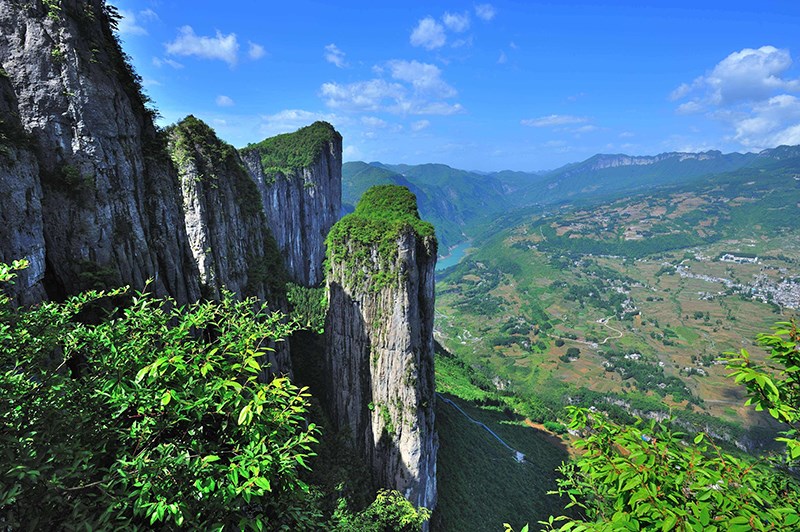
Enshi
Enshi Grand Valley
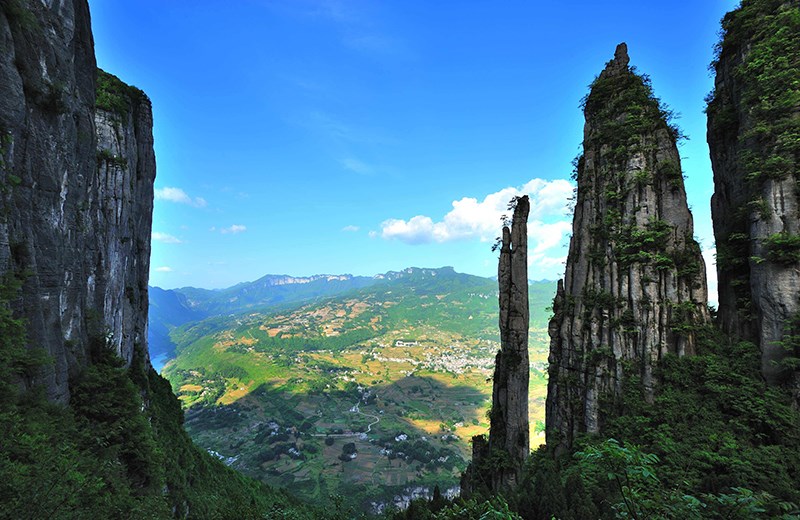
Enshi - Zhangjiajie
Tianmenshan Scenic Spot
Zhangjiajie
Wulingyuan Scenic and Historic Interest Area
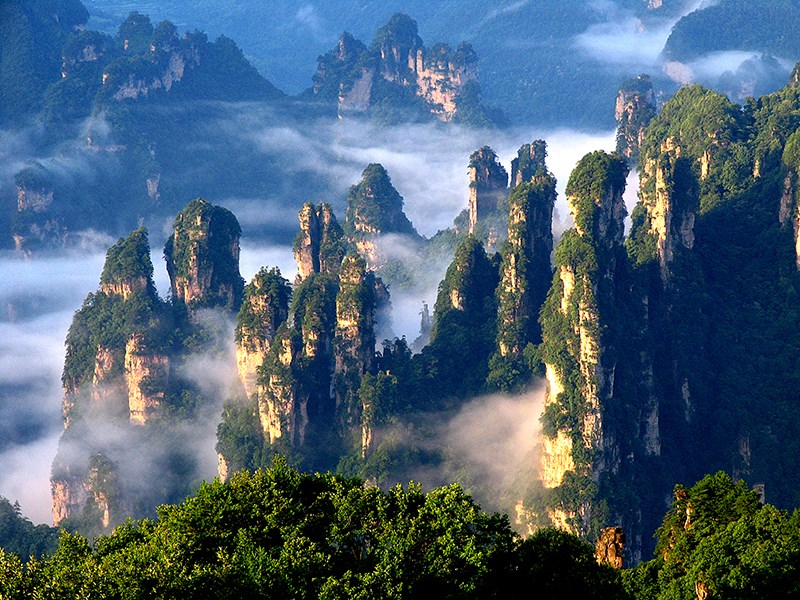
Zhangjiajie - Youyang - Qianjiang - Wulong
Qianjiang
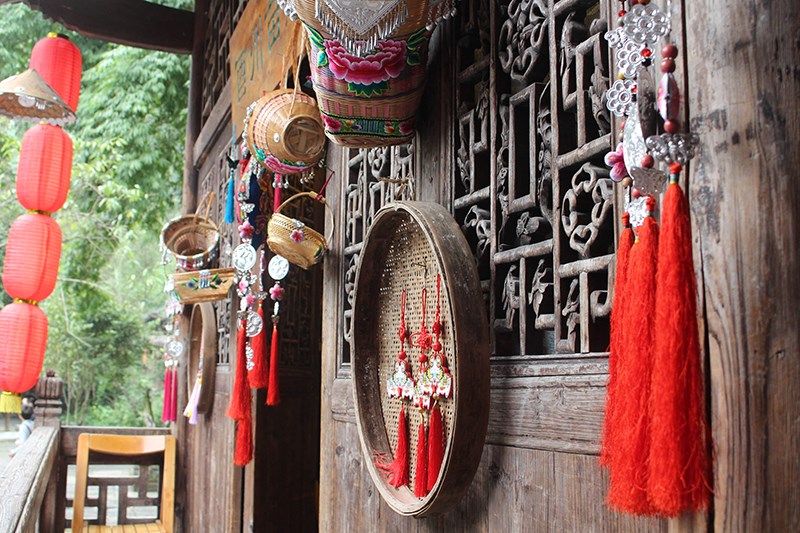
Wulong - Chongqing
Wulong Karst World Natural Heritage, Three Natural Bridge, Tiankeng and Difeng
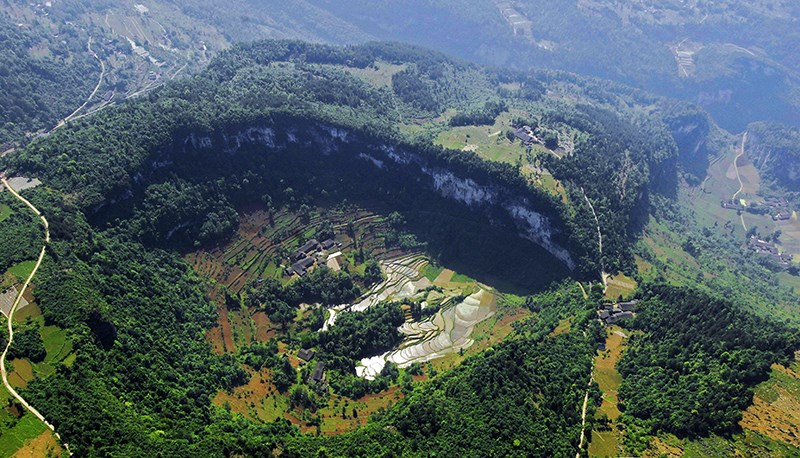
Chongqing - Dazu
Baoding and Beishan Grottoes
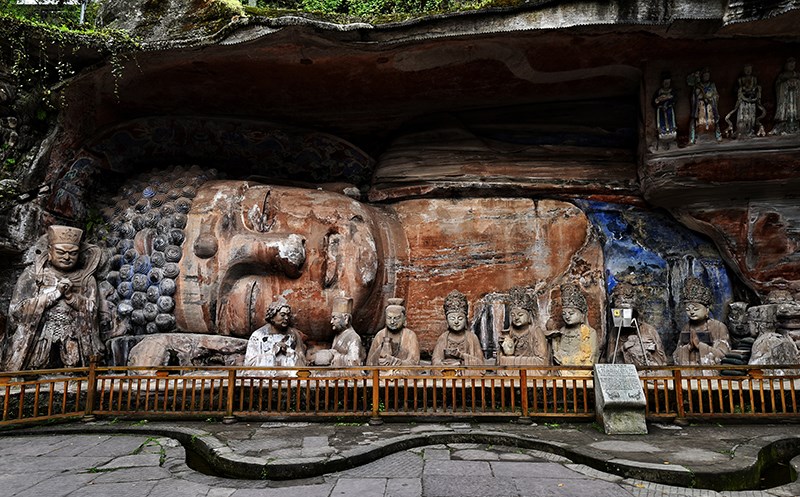
Dazu - Anyue - Chengdu
Anyue Rock Carvings, Pilu Cave, Yuanjue Cave, Wofoyuan (Anyue Reclining Buddha Yard)
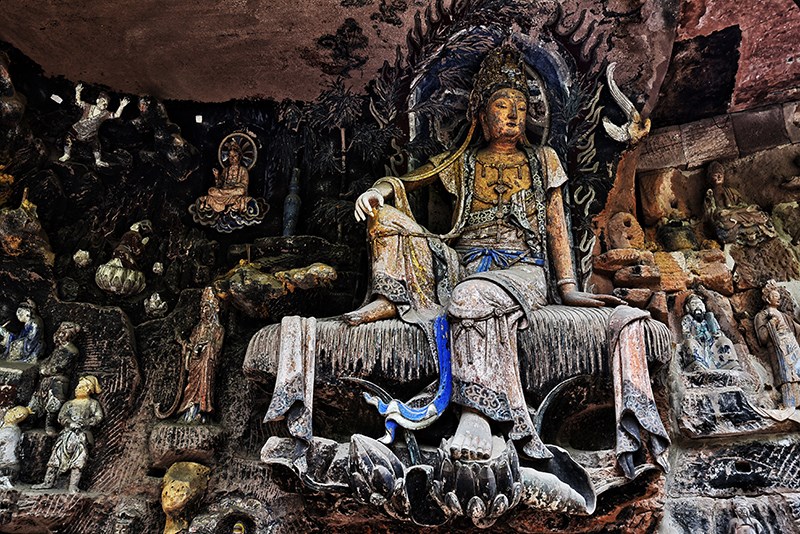
Chengdu
The “ninth world wonder” Sanxingdui Ruin, Kuanzhai Xiangzi, People’s Park
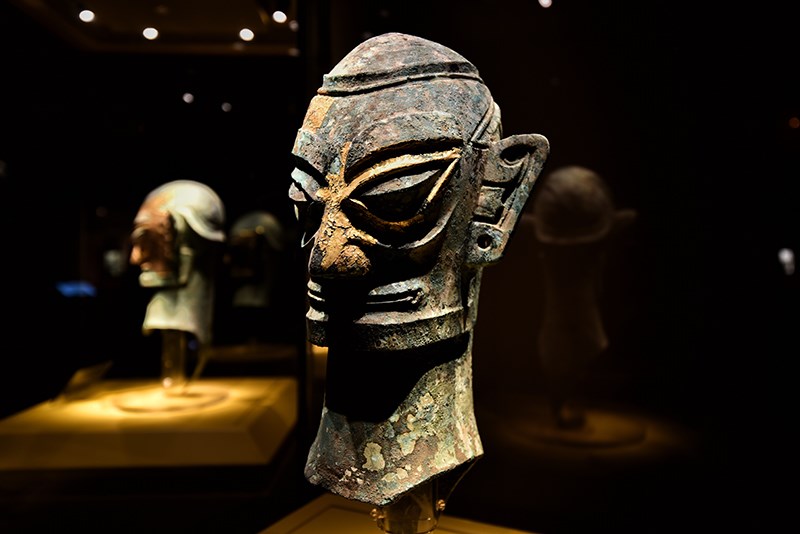
Chengdu
Have a rest today
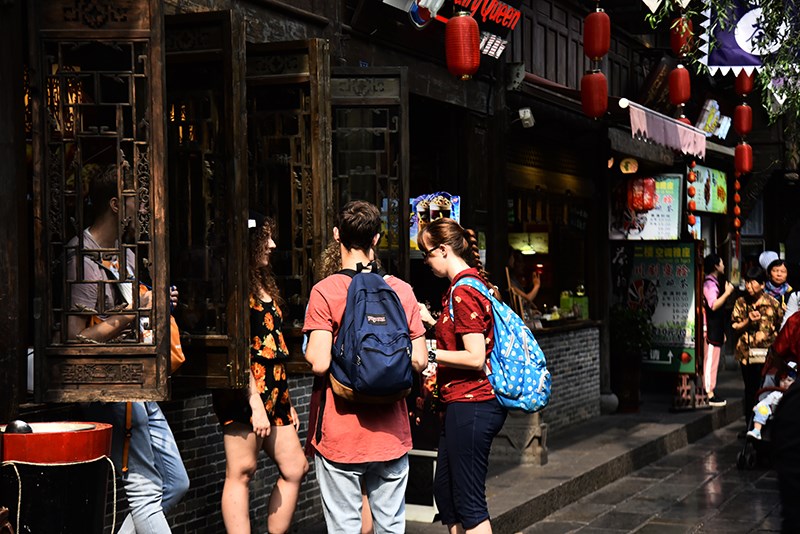
Chengdu - Ya’an - Kangding
Bifengxia Panda Base, ancient tea-horse-road, Kangding - gateway to Tibetan area Kham
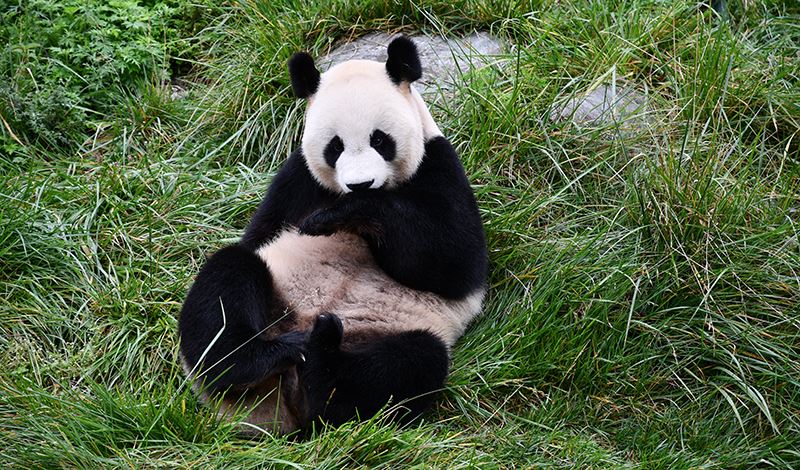
Kangding - Tagong - Xinduqiao – Yajiang
Lhagang Monastery (Tagong Si), Gyergo Nunnery and the grand mani wall of Hepingfahui, Yala Mountain
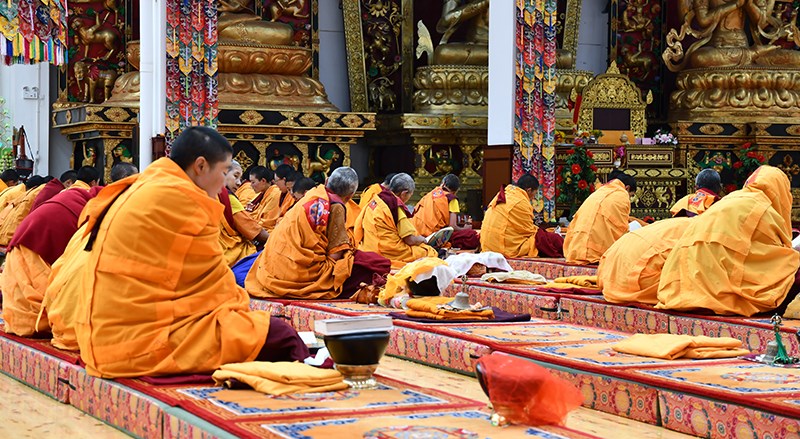
Yajiang - Litang – Batang
Litang “world’s highland city
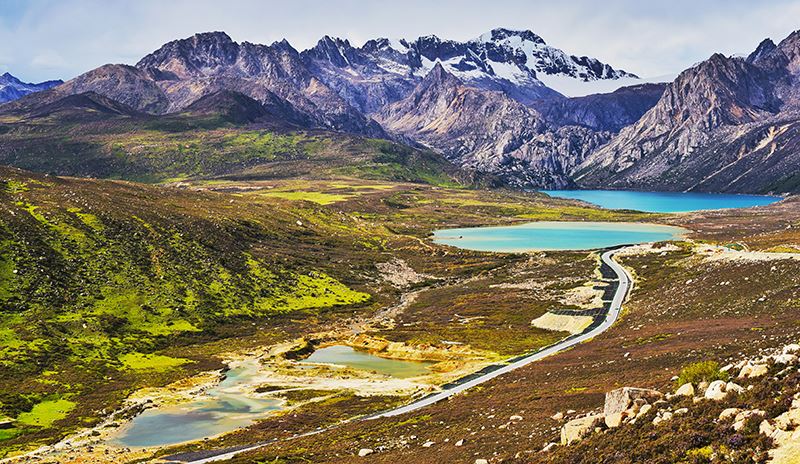
Batang – Markam – Zuogong
Drive in the Three Parallel Rivers Regions, central area of Hengduanshan Mountain Range. Leave Sichuan and enter Tibet
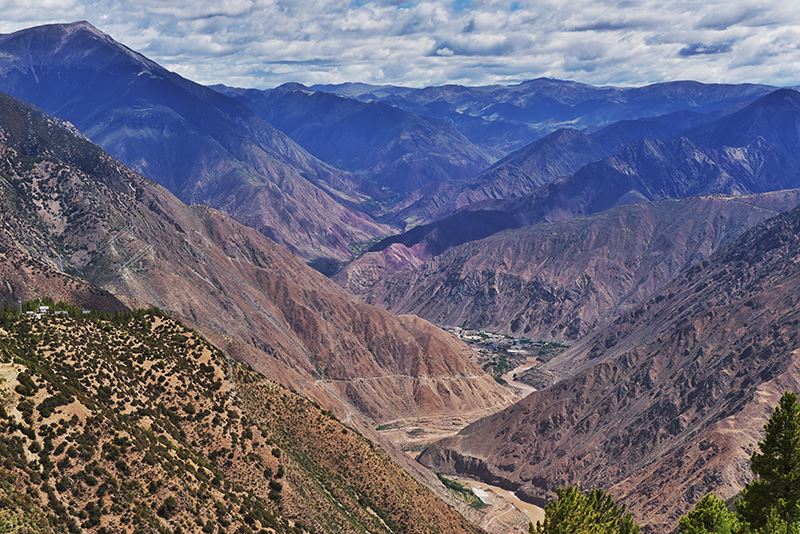
Zuogong – Bangda - Baxoi – Ranwu
Overcome 72-turn, stay be the beautiful Ranwu lake

Ranwu – Midui – Bome - Lulang
Midui Glacier, Parlung Tsangpo, Lulang Town
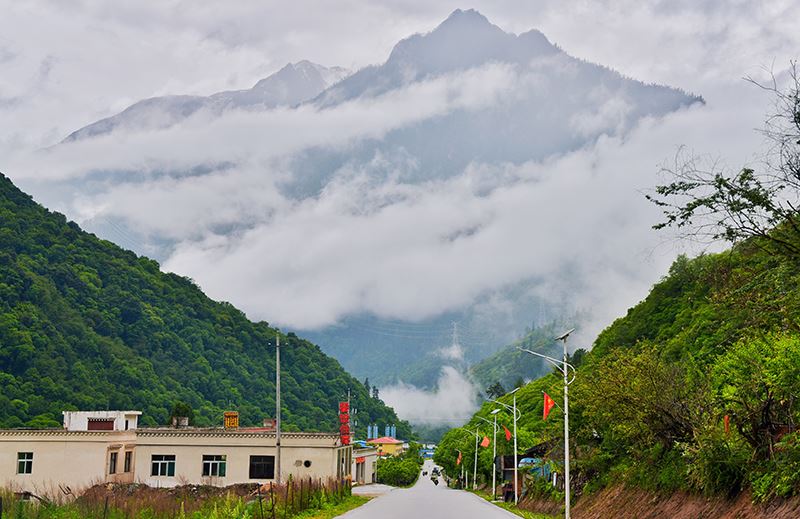
Lulang - Linzhi - Basum Tso
Overlook Gyala Pelri and Namjabarwa, Gru monastery, Lamaling temple, Ancient Giant Cypress Forest, Niyang River, Basum Tso Lake
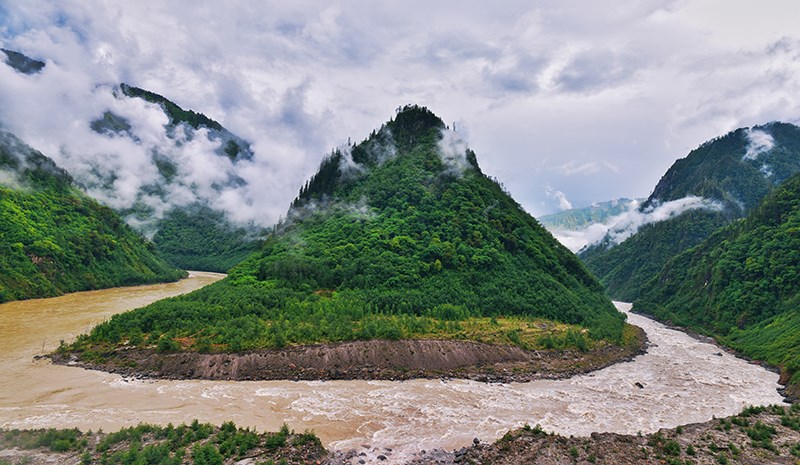
Basum Tso – Gandan – Lhasa
Mi La Mountain Pass. Gandan Monastery. Welcome in Lhasa!
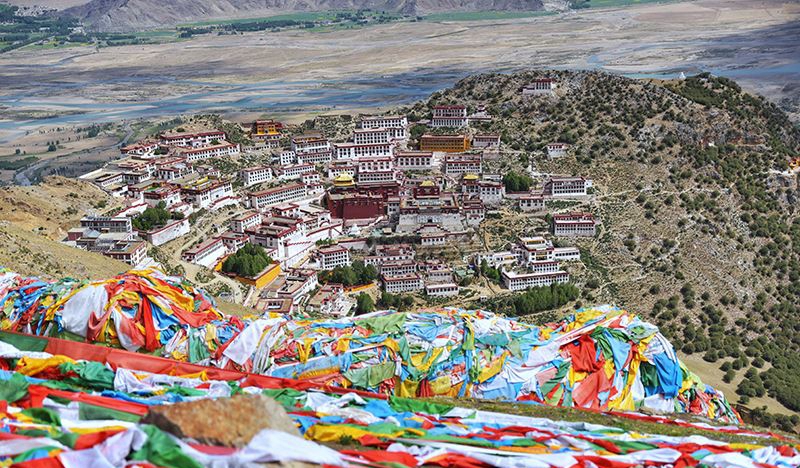
Lhasa
Potala Palace – landmark of Lhasa, Jokhang and Barkhor Street
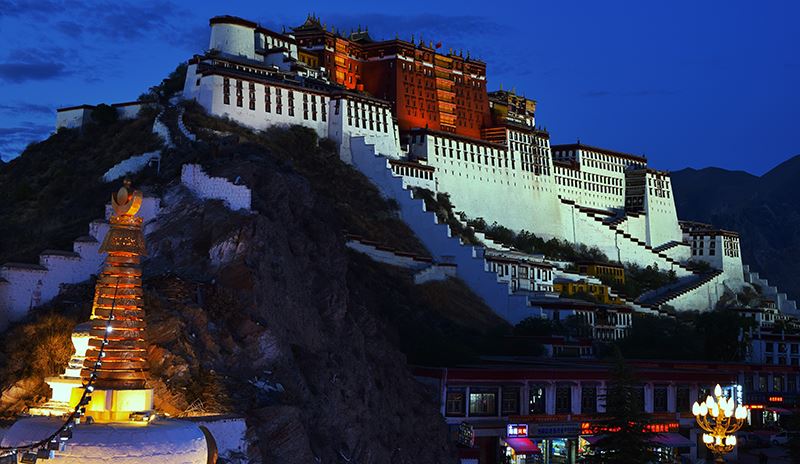
Lhasa
Panoramic view over Potala, Norbulingka, Debate in Sera
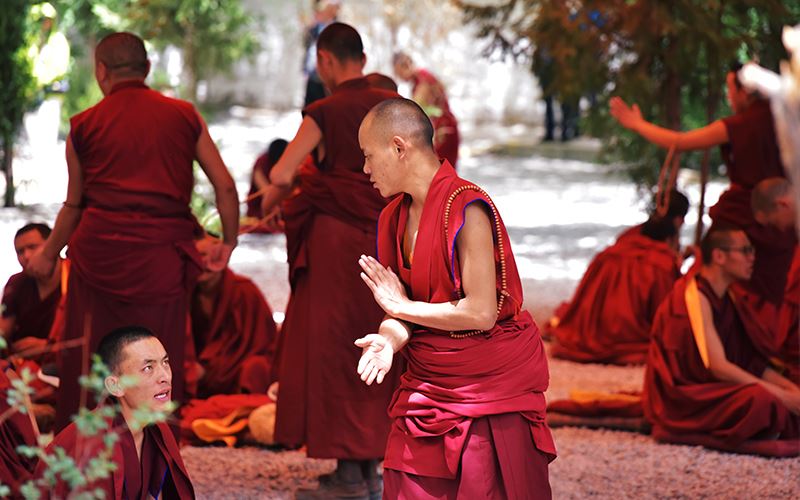
Lhasa – Gyantse – Shigatse
Karo La Pass and Glacier, holy lake Yamdrok, Palkhor with Pagoda Kumbum
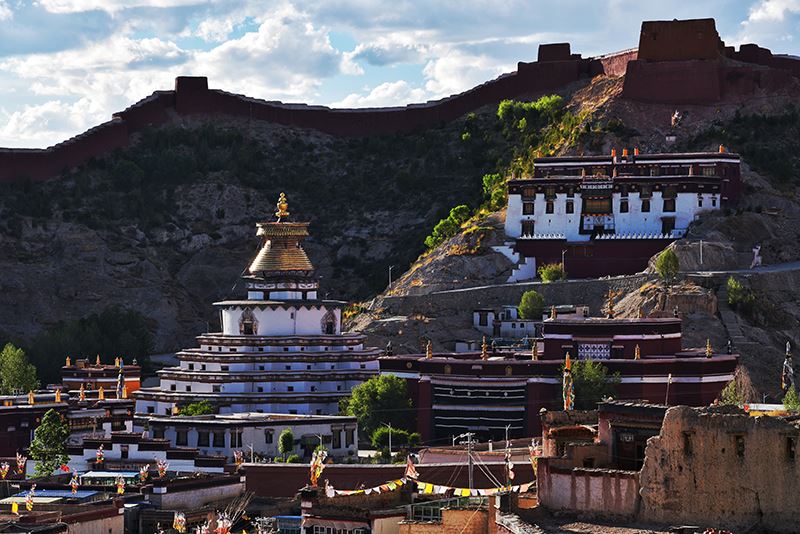
Shigatse – Shegar – Rongbuk / Everest BC
Tashilhunpo Monastery, Rongbuk Monastery, Sunset on Qomolangma (Everest)
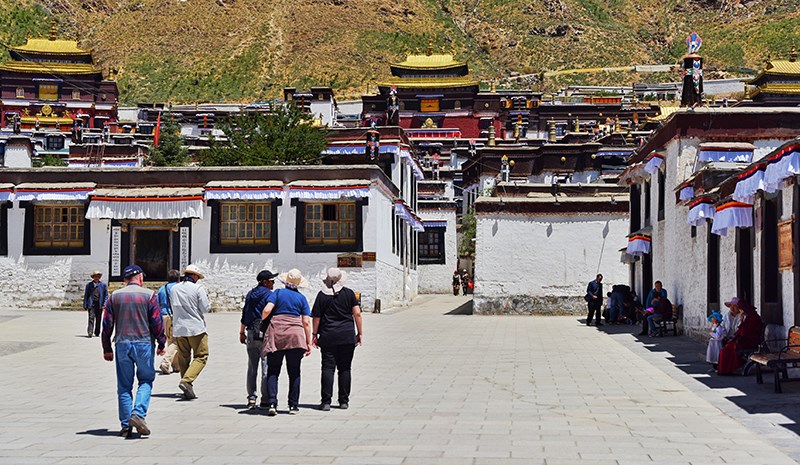
Rongbuk – Old Tingri - Paiku Tso – Kyirong
Sunrise over Qomolangma (Everest), Paiku Tso Lake
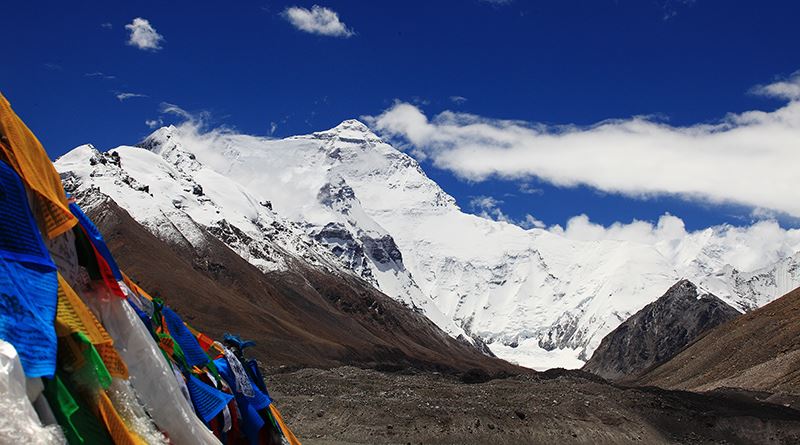
Kyirong - Kathmandu
Farewell to China
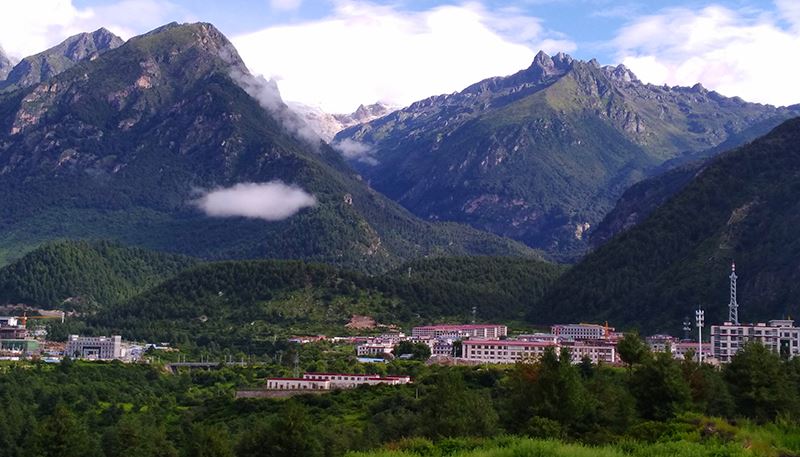
Private travel, great experiences! Please contact us for your tailor-made travel offer.
With individual China Tibet travel, you can decide when, where and how you go on tour by yourself. What's more, you can choose the length of travel and whom you go with.